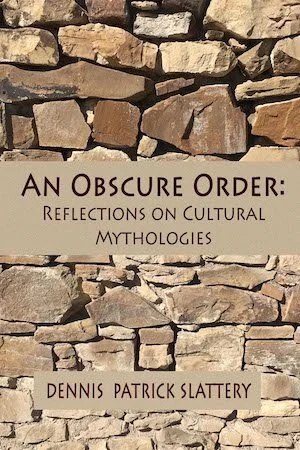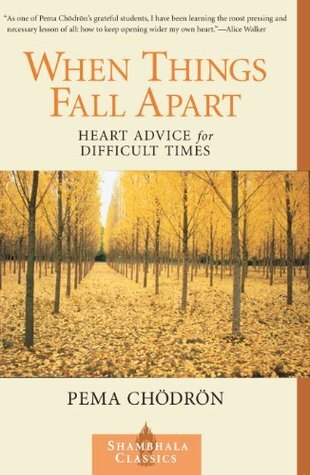It is unfortunate that in our current world the word “myth” is still maligned as something that is a lie, untrue, and opposed to “fact.” Myth is something to be done away with because it is counter to what is true. The irony here is that such a definition of myth grew out of a period in history when fact, measurement, and quantification were seen as the only way of measuring reality. That in itself is a myth, namely a belief system, a way of seeing and understanding that shoved myth to the sidelines. It has no standing in our nation’s educational curriculum.
Before the rise of reason, of quantifying and the like, myths were the preferred way to knowledge. Simply put, the word myth means story, narrative and for thousands of years humans told one another stories to impart what had happened to them, what they had learned and even their desires and hopes for the future. Just as importantly, the language of myth is metaphor, symbol, figures of speech, images. I like how one writer I enjoy reading put it: “A myth is a loom on which we weave the raw materials of daily experience into a coherent story.” We can all grasp with a little reflection the power of this metaphor.
The key word above is “coherence.” A myth, be it personal or collective, brings the disparate parts of our life together into a meaningful whole. Without such a coherent meaning, our lives are full of holes. And with coherence another element is included: meaning. A life without meaning is a life without a coherent myth. Some have called myths belief systems. That works.
To access one’s myth, one can ask: what am I called to in this life? What is my destiny, my purpose and my path? To answer such questions is to invite one’s myth into the conversation. Most people do not know the myth they are living, or get only glimpses in times of disruption. Illness, surgery, loss of a relationship, family, a job, a purpose for living—all of these can force one to pause and ask: what am I doing in this life? What is not any longer working for me and where do I need to change? Again, these are mythic questions. Not only individuals but nations can find themselves at an impasse where they reach a critical point in what they believe and begin to reflect on its basic values. Values are one of many ways that a myth reveals its presence.
The most popular mythologist of the last century was Joseph Campbell (1904-87). As a comparative mythologist, he spent his life comparing world mythologies and noticed the common terms that so many of them shared. He was also one of the few that understood the power of the media to disseminate not just information but knowledge. His 6 part series on PBS, “The Power of Myth,” in conversation with Bill Moyers is still among the most viewed programs on public television. His book of the same name is a bedrock text for grasping the ways that we are both living a myth and being lived by a myth.
All myths, Campbell believed, are metaphors for actions and events in both our interior life and the external world we move in each day; both can aid us in becoming more aware of life’s meaning. “Follow Your Bliss” reached bumper sticker status years ago. By this he meant follow the path that arises within you, that serves a constructive purpose, rather than following a path dictated to you. If you do, you are living another’s myth, not yours. But he was no sentimentalist; he believed following one’s bliss created its own unique assortment of blisters.
Some of the current myths that govern our country include: the myth of growth, the myth of economics, the myth of technology, the myth of consumption, the myth of safety, the myth of self-protection as well as some form of the myths of equality, freedom and opportunity. Our myths reveal themselves most pointedly in the political and advertising worlds. Of course, what shows find their way into our television sets and movie theaters are also good barometers of our values. Look at any country and not what holidays they celebrate together and you get a pulse read on what myths they believe in, even if only partially. A wonderful short story by the American writer Shirley Jackson entitled “The Lottery,” reveals what happens when belief in a myth has been lost, disavowed or forgotten, but the rituals that once organically supported it continue to be practiced. Violence is the consequence. Her entire story can be read on-line.
When a myth that has heretofore united a people begins to dismantle into tribal myths that divide rather than maintain an essential unity, that myth is stressed and strained, perhaps into distorted forms of itself. When a myth is called into question it may need to be revised and/or reasserted with exceptional vigor. Such a crisis can be a signal that parts of a myth need to be rethought, let go of, or revitalized. Being reflective rather than reactionary about this condition can be constructive and replenishing. Being mythically aware is an essential element of being fully human.








